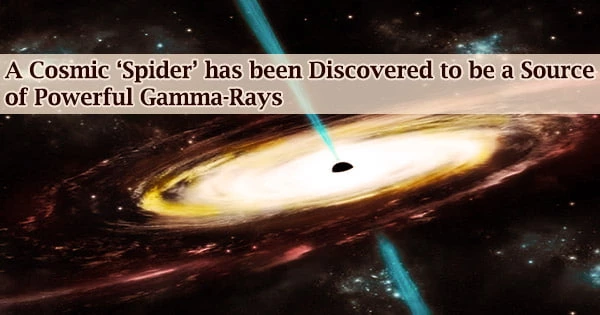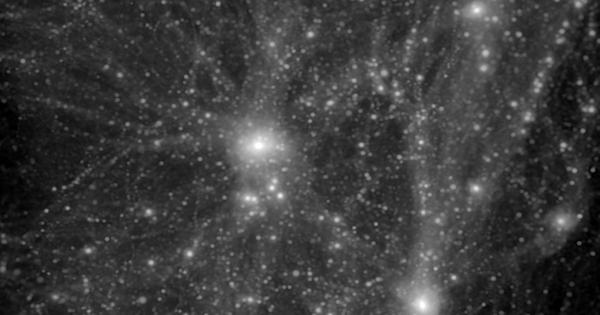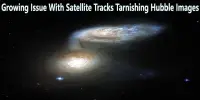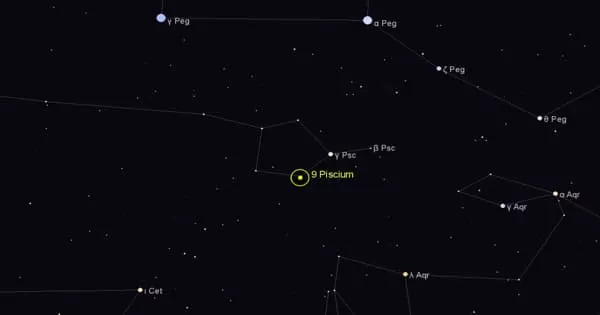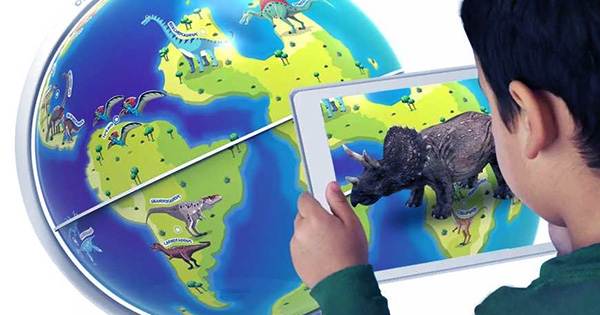Space dust, also known as cosmic dust, refers to tiny particles of matter that are present throughout the universe. These particles are made up of various elements and molecules, such as carbon, silicon, and water, and are typically less than a millimeter in size.
Space dust is created by a variety of processes, including the collisions of asteroids and comets, the eruptions of stars, and the formation of new stars and planets. It can be found in many different regions of space, including interstellar clouds, planetary rings, and the surfaces of planets and moons.
Astronomers used to be annoyed by cosmic dust because it obscured objects they wanted to observe. When infrared astronomy began, dust particles were observed to be significant and vital components of astrophysical processes. Their analysis can reveal information about phenomena like the formation of the Solar System. Cosmic dust, for example, can drive mass loss as a star nears the end of its life, play a role in the early stages of star formation, and form planets. Dust is important in the Solar System because it contributes to the zodiacal light, Saturn’s B Ring spokes, the outer diffuse planetary rings of Jupiter, Saturn, Uranus, Neptune, and comets.

Although space dust is extremely small, it can have a significant impact on the objects it comes into contact with. For example, space dust can cause damage to spacecraft and satellites, and can even pose a threat to human spaceflight. However, it also plays an important role in the formation of new stars and planets, as well as in the chemical evolution of the universe.
Space dust is found throughout the universe and is believed to be the result of a variety of processes, including the remnants of stars that have exploded, collisions between asteroids and comets, and the breakup of larger bodies in space.
Although space dust is incredibly small, it can have a significant impact on the universe. For example, it can be responsible for the formation of stars and planets, as well as the creation of complex molecules that may be necessary for life. In addition to its scientific importance, space dust can also be a hazard to spacecraft and satellites, as it can cause damage to their surfaces and optical instruments.

